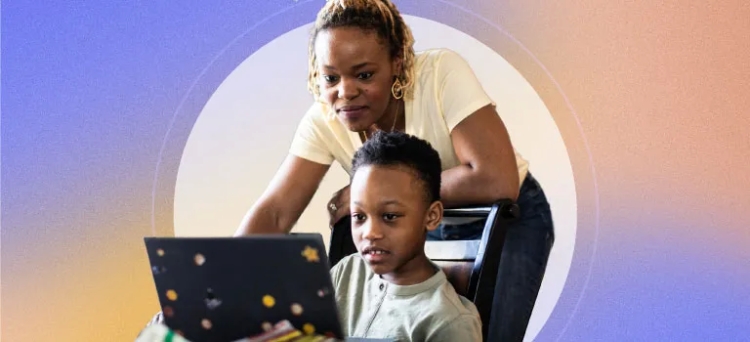Navigating Digital Parenting: Ensuring Online Safety for Kids
Discover essential tips for Navigating Digital Parenting: Ensuring Online Safety for Kids. Learn how to safeguard your children in the digital age.

Introduction
FAQs
What's Your Reaction?





















